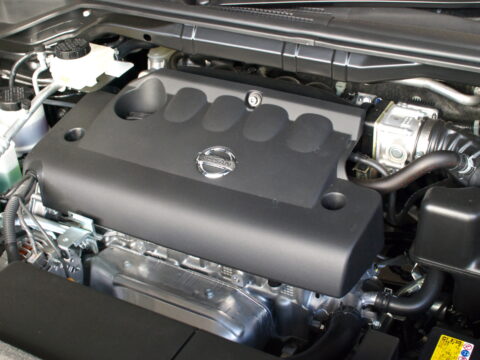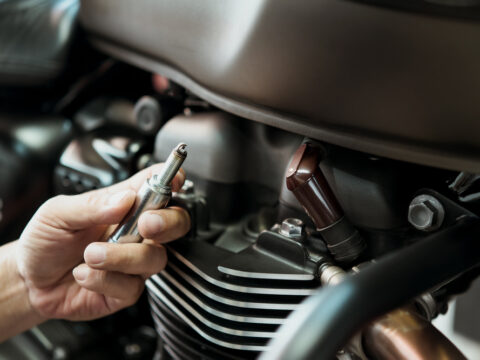Buying a used motorcycle can be an exciting but daunting experience. It’s easy to get caught up in the thrill of finding a great deal, but there are common mistakes that can turn your dream ride into a nightmare. To help you make a smart purchase, we’ve compiled a list of 16 common mistakes to avoid when buying a used motorcycle. With these tips, you can ensure a smooth and successful buying process.
Contents
Skipping a Thorough Inspection
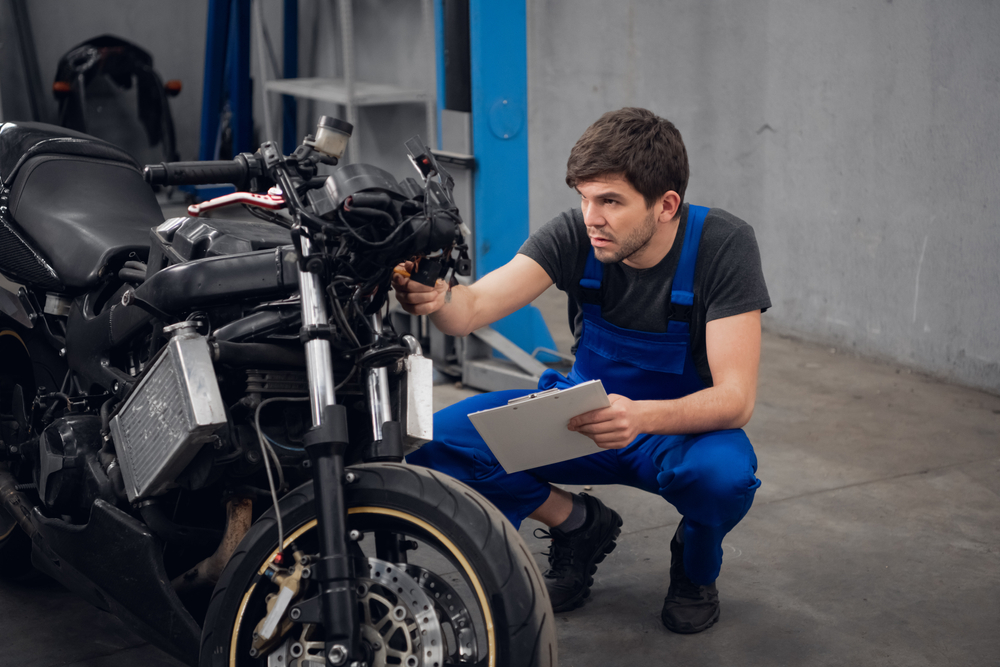
Failing to inspect the bike thoroughly can lead to overlooking significant issues. A thorough inspection allows you to identify any hidden problems, such as leaks, worn parts, or structural damage. Checking the engine, suspension, brakes, and overall condition ensures you’re not buying a bike that will require costly repairs shortly after purchase.
Not Checking the Bike’s History

Ignoring the vehicle history report can hide past accidents or major repairs. A history report provides crucial information about the bike’s past, including any accidents, title issues, or previous ownership details. This helps you avoid bikes with a problematic history that could affect performance and safety.
Neglecting a Test Ride

Skipping a test ride means you won’t know how the bike handles and if it has any performance issues. A test ride allows you to feel the bike’s handling, check the responsiveness of the throttle, brakes, and gears, and listen for any unusual noises. It’s essential for assessing the bike’s overall condition and comfort.
Overlooking Maintenance Records
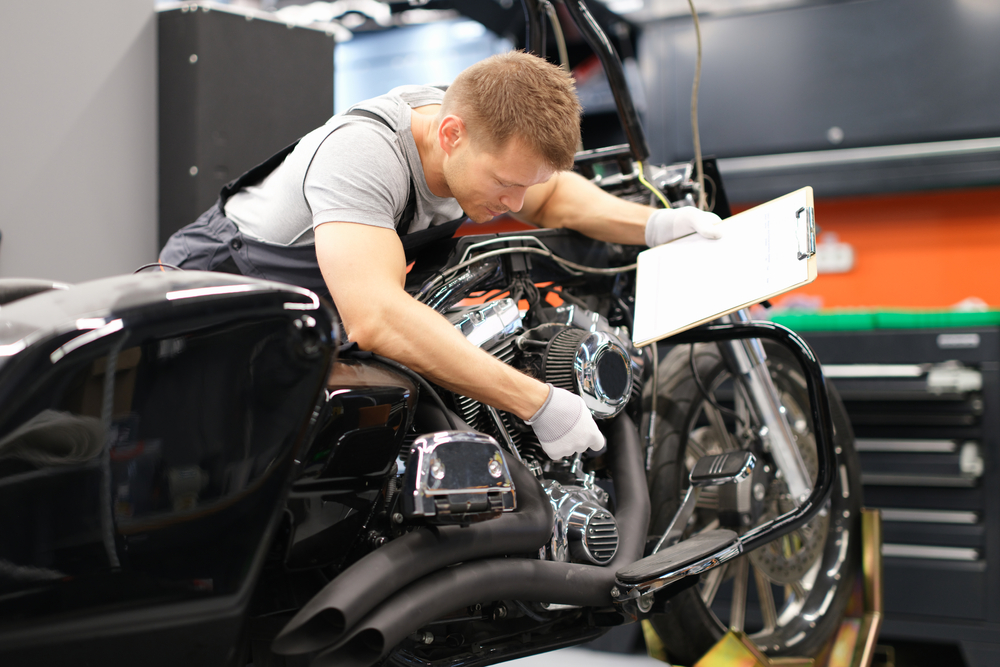
Without maintenance records, you can’t verify if the bike was properly cared for. Maintenance records provide a history of regular servicing, repairs, and replacements, indicating how well the bike has been maintained. This can affect the bike’s longevity and reliability.
Not Verifying Ownership

Buying from someone who doesn’t legally own the bike can lead to ownership disputes. Always check the title and registration to ensure the seller is the legitimate owner. This prevents legal issues and ensures a smooth transfer of ownership.
Ignoring Signs of Wear and Tear
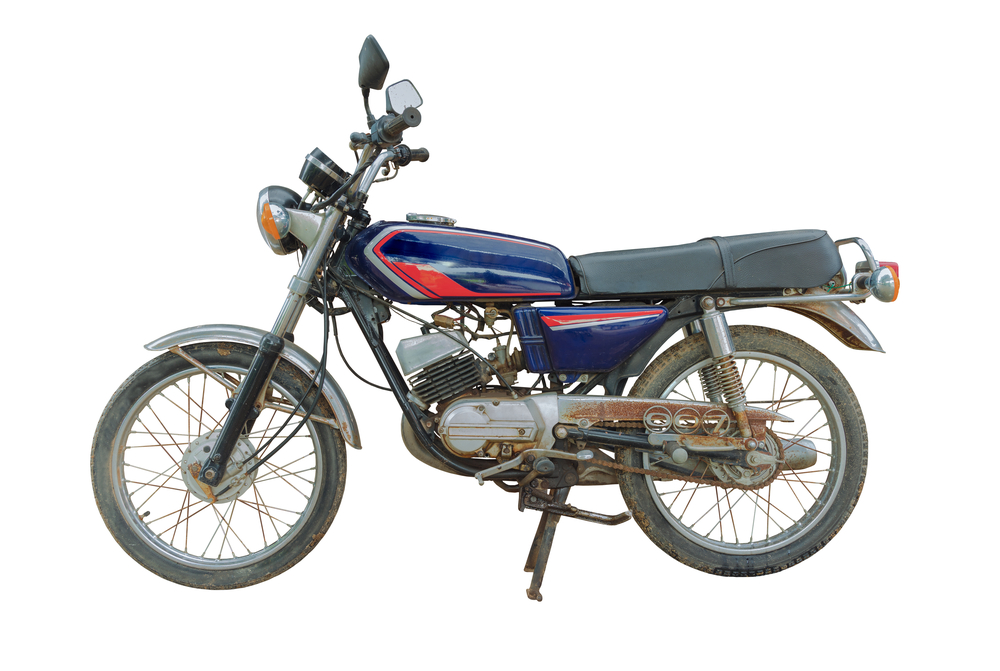
Visible signs of wear can indicate potential problems or neglect. Examining the bike for signs of wear, such as worn tires, rust, or damaged components, helps you assess its condition and potential future maintenance costs.
Underestimating Repair Costs

Not factoring in the cost of necessary repairs can turn a bargain into a money pit. Consider the costs of any repairs or replacements the bike might need. This includes parts, labor, and any necessary upgrades, which can quickly add up.
Failing to Research Market Price
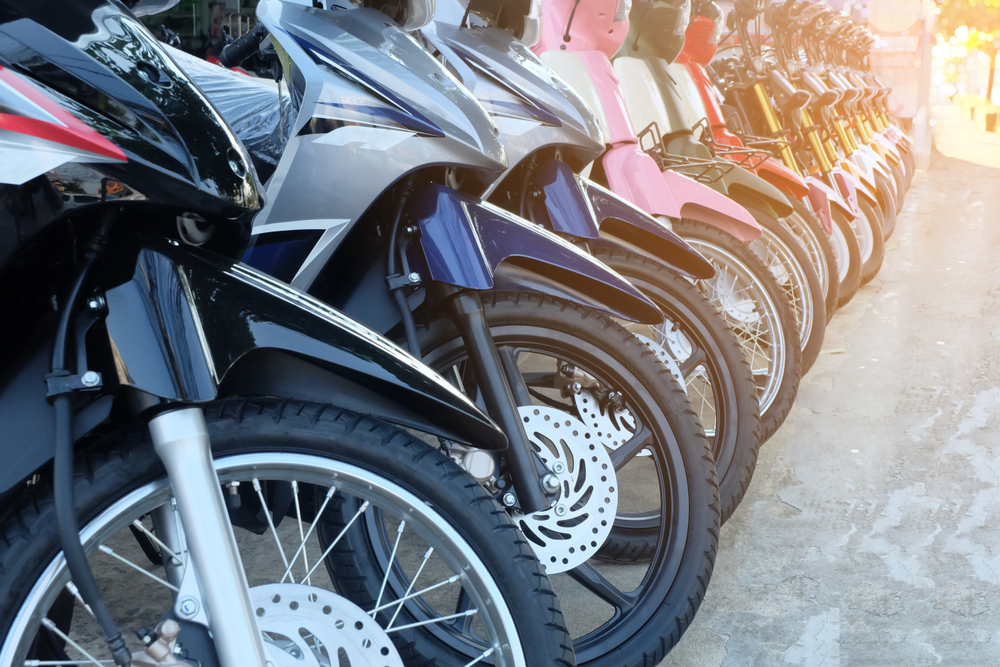
Without market research, you might overpay for the motorcycle. Researching current market prices for similar bikes helps you determine a fair price. This knowledge empowers you to negotiate better and avoid overpaying.
Rushing the Purchase
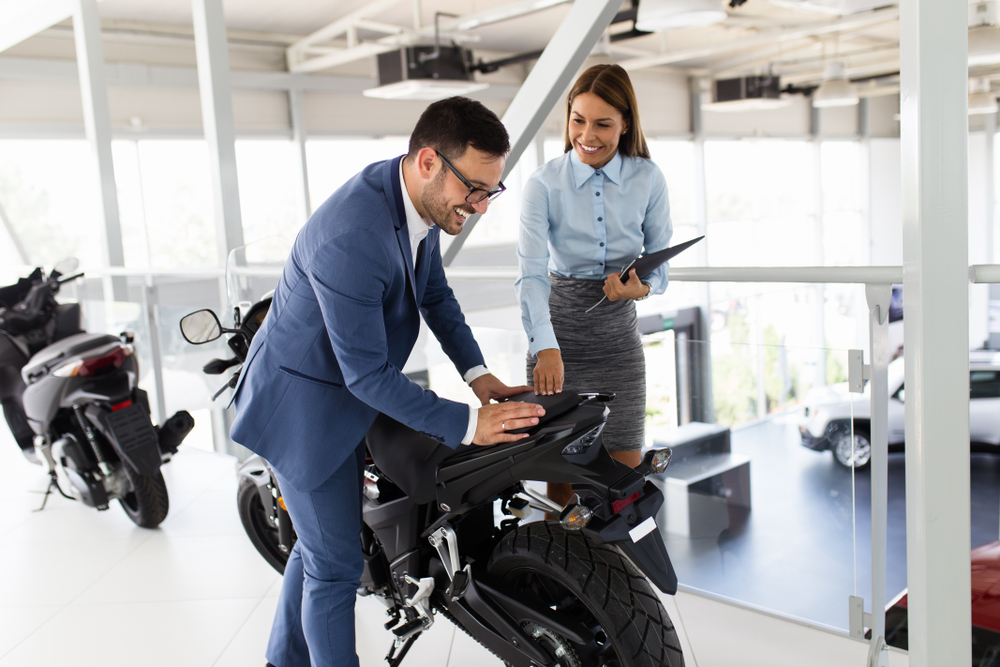
Making a hasty decision can lead to overlooking critical details. Taking your time ensures you thoroughly inspect the bike, verify its history, and make an informed decision. Rushing can result in buying a bike with hidden issues or at an inflated price.
Ignoring Rust and Corrosion
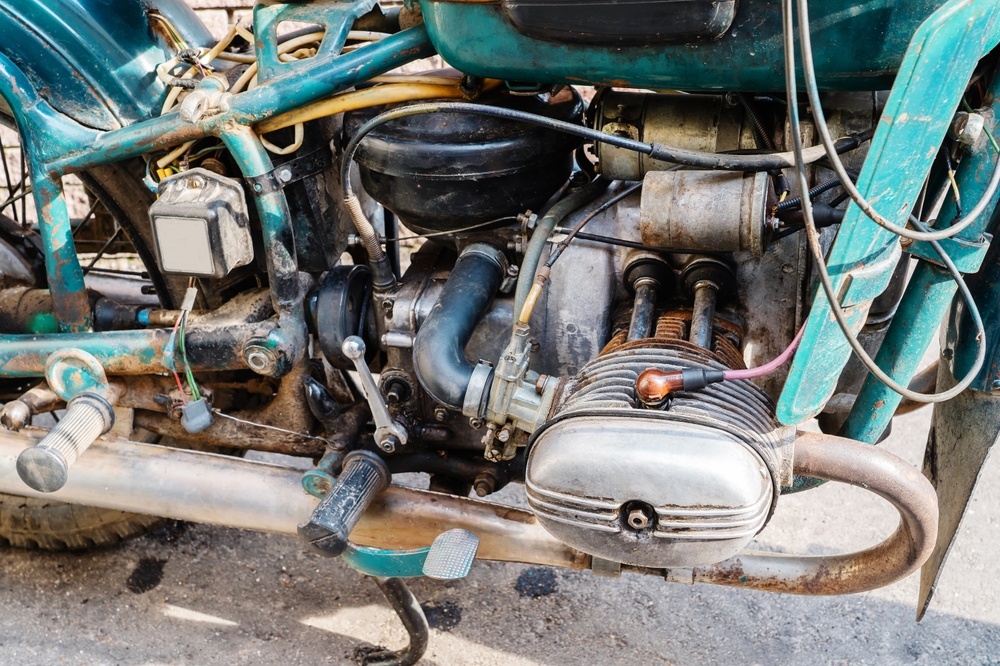
Rust can indicate structural damage or poor maintenance. Check for rust on the frame, exhaust, and other metal components. Significant rust can weaken the bike’s structure and lead to costly repairs or safety issues.
Not Checking for Recalls
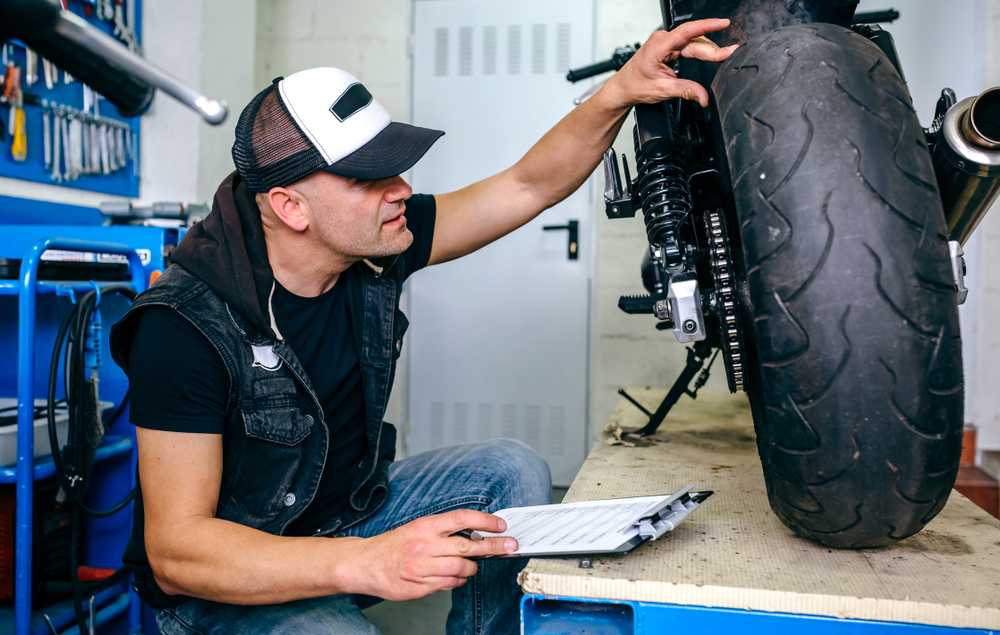
Ignoring recalls can put your safety at risk. Verify if the bike has any outstanding recalls by checking the manufacturer’s website or contacting a dealership. Addressing recalls ensures the bike meets safety standards and has no unresolved issues.
Skipping a Professional Inspection
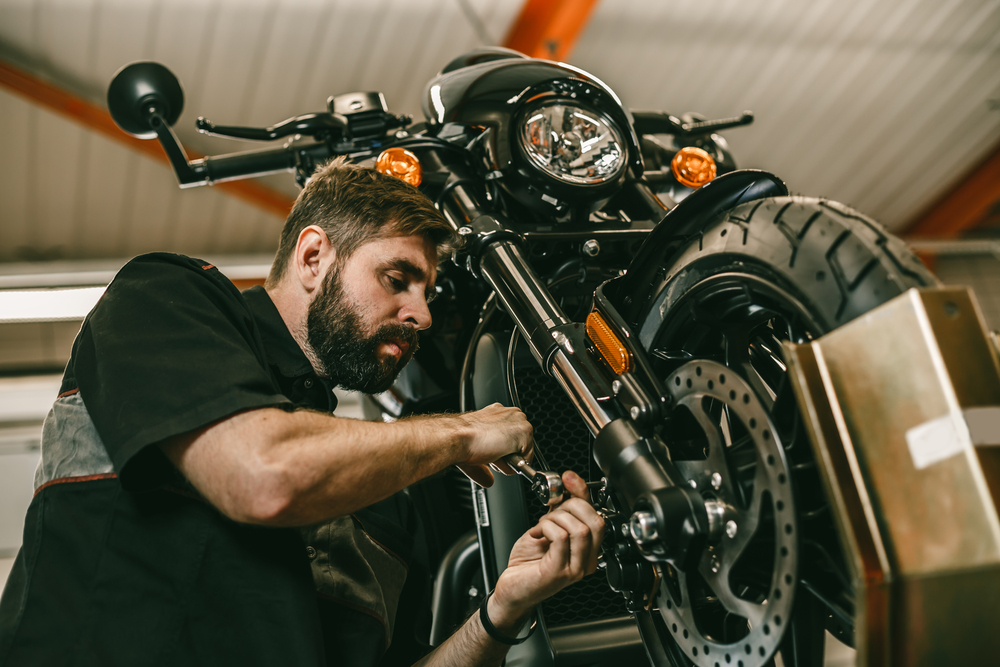
A mechanic’s inspection can uncover hidden issues that you might miss. Having a professional mechanic inspect the bike provides an expert opinion on its condition. They can identify potential problems and give you an estimate for necessary repairs.
Overlooking the Tire Condition
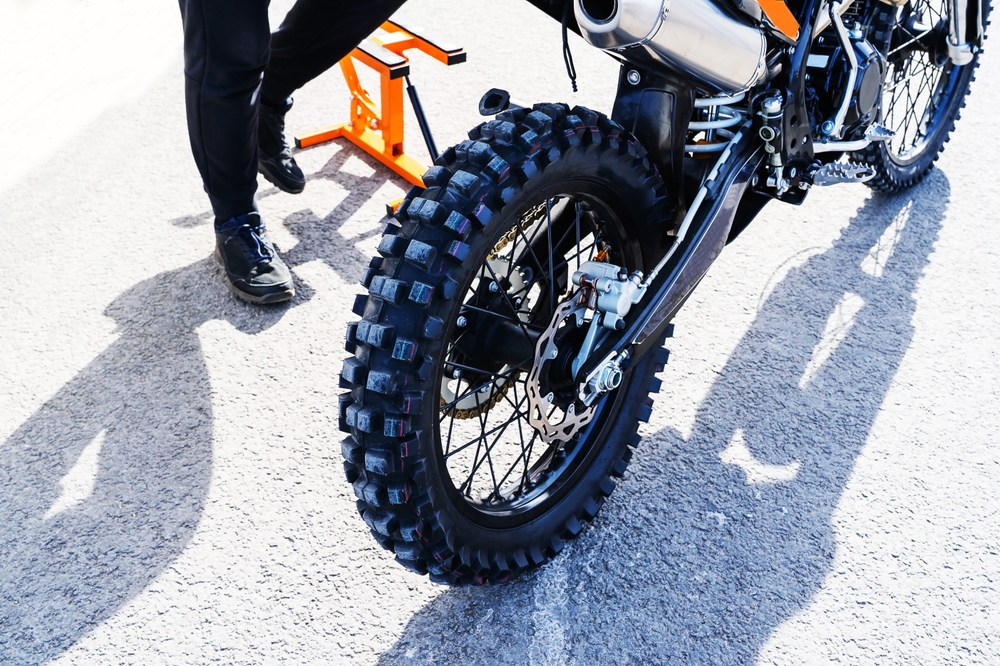
Worn-out tires can be expensive to replace and indicate overall neglect. Check the tread depth and look for signs of uneven wear or damage. Good tire condition is essential for safety and performance.
Neglecting the Electrical System
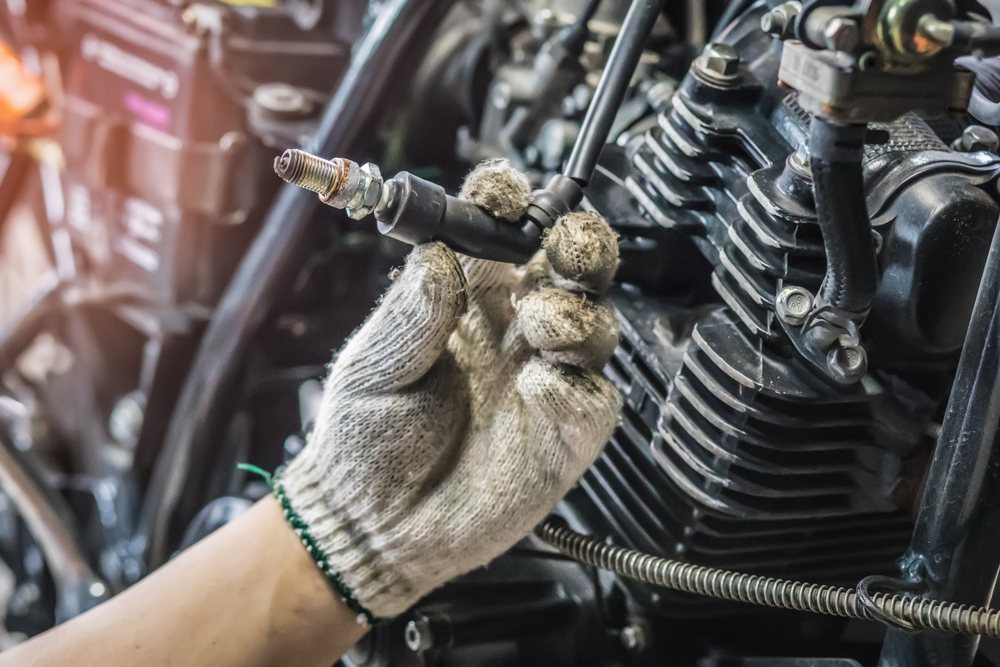
Electrical problems can be tricky and costly to fix. Test the lights, indicators, horn, and any other electrical components to ensure they are functioning correctly. Electrical issues can affect the bike’s reliability and safety.
Failing to Assess Fluid Levels
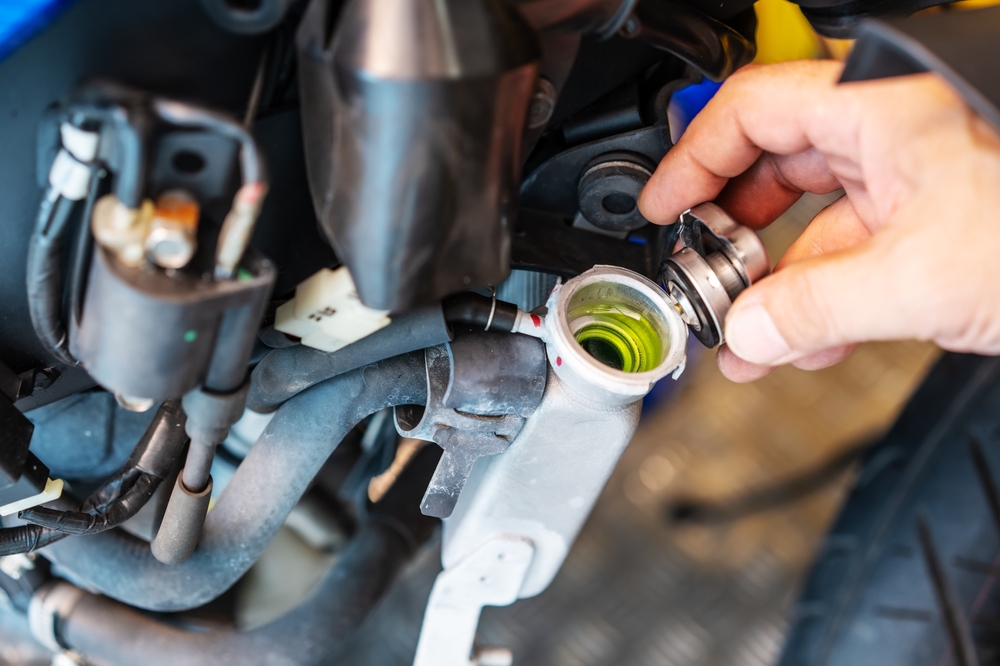
Low or dirty fluids can indicate neglect and potential mechanical problems. Check the levels and condition of the engine oil, coolant, brake fluid, and transmission fluid. Proper fluid levels and quality are crucial for the bike’s performance and longevity.
Ignoring the Brake System
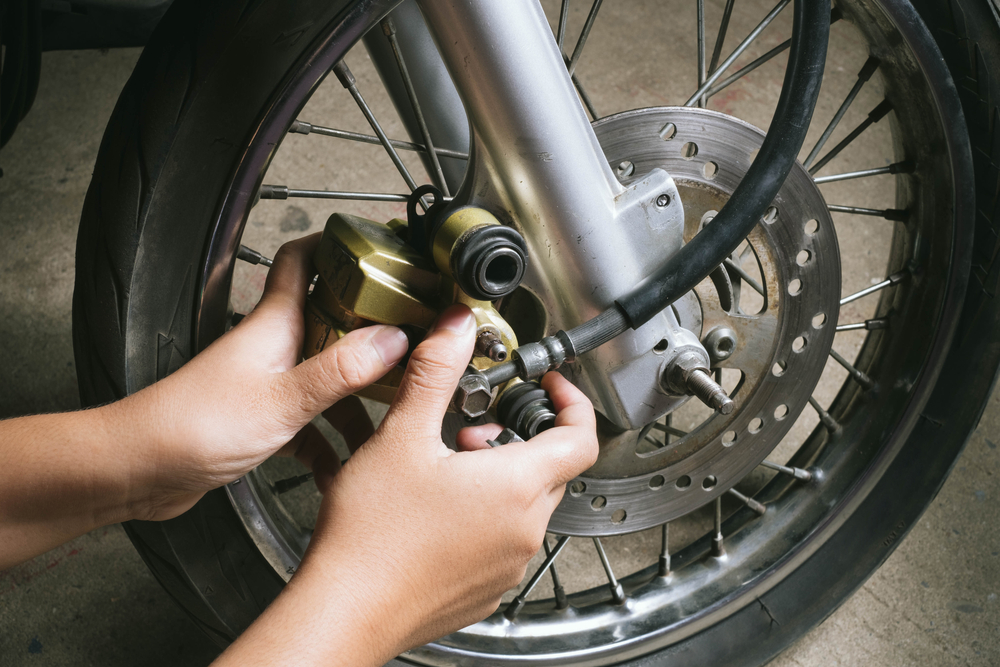
Faulty brakes are a major safety concern and costly to repair. Inspect the brake pads, rotors, and fluid to ensure they are in good condition. Test the brakes during the test ride to ensure they respond effectively.
This article originally appeared in MyCarMakesNoise.
More from MyCarMakesNoise
Today`s 10 Most Impressive American Muscle Cars

The American muscle car, a symbol of raw power and unbridled performance, has undergone a remarkable evolution in the modern era. This article explores the latest generation of these iconic vehicles, showcasing how they have adapted to the demands of today’s automotive landscape. Read More
20 Illegal Car Modifications That Are Actually Pretty Sweet
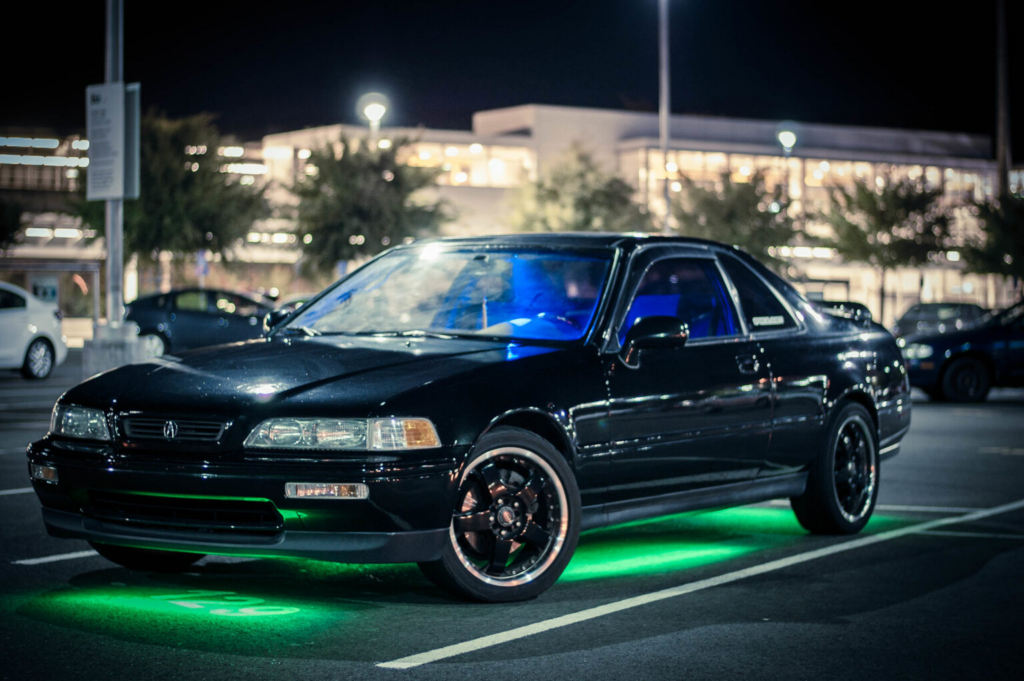
Car enthusiasts love to modify their vehicles, but some modifications, while appealing, are illegal. These upgrades can enhance performance and style but come with legal risks. Read More
20 DIY Car Repairs You Can Easily Tackle to Save Big Bucks

You don’t always need a mechanic for every car issue. Many repairs can be done at home with basic tools and a little know-how, saving you a lot of money. Read More


